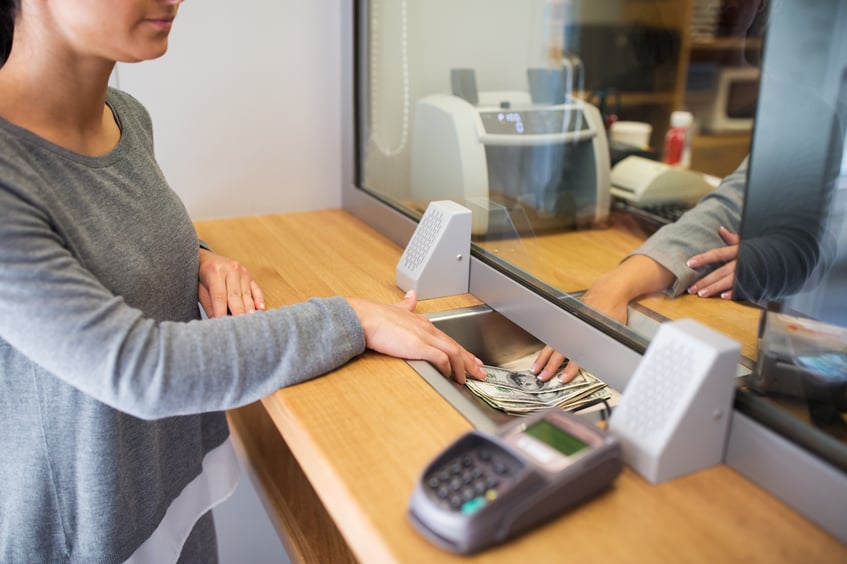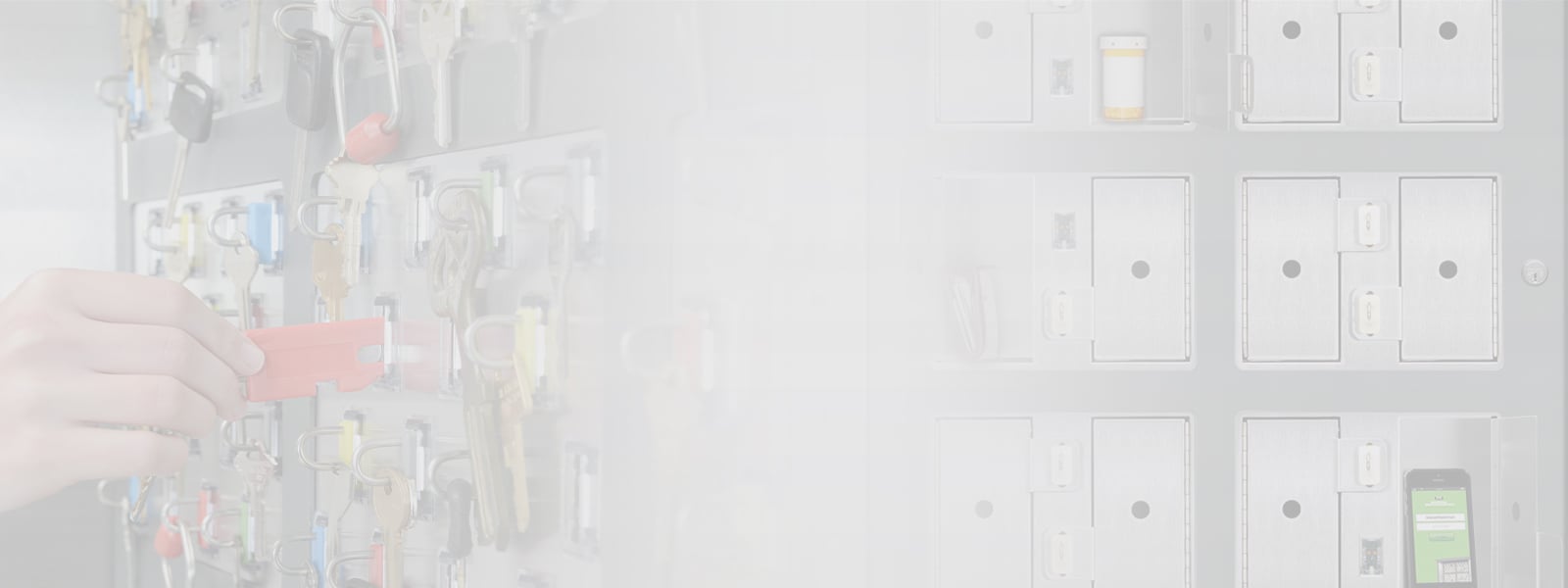 The landscape of the banking industry is shifting, as the newly dubbed “innovative bank branches” seek to change the customer experience and the traditional ways they conduct their business. If you watch television in primetime you have certainly seen the new banking environment showcased as a utopian world of open spaces, automated transaction kiosks and Starbuck-like workspace lounges dotted with millennials and business entrepreneurs balancing a coffee and a laptop on their laps.
The landscape of the banking industry is shifting, as the newly dubbed “innovative bank branches” seek to change the customer experience and the traditional ways they conduct their business. If you watch television in primetime you have certainly seen the new banking environment showcased as a utopian world of open spaces, automated transaction kiosks and Starbuck-like workspace lounges dotted with millennials and business entrepreneurs balancing a coffee and a laptop on their laps.
In fact, in 12 cities around the United States, Capital One Banks have partnered with Peet’s Coffee locations in a community-based grassroots movement to combine financial transactions with a skinny latte. But as these cutting-edge banks migrate from the urban spaces to more conventional locales, the one constant is the emphasis on maintaining a proactive approach to all aspects of physical security from the front door to the key cabinet.
One of the most overlooked aspects of bank-branch operations is its roadmap for physical security, what with the more sensational cybersecurity hack attacks, ransomware and identity theft, not to mention massive data breaches, stealing weekly headlines. But make no mistake, with the gradual migration from traditional branch offices that engaged a full staff segregated behind cash windows, controlled customers in teller lines and closed office doors to the more innovative open branch concept that encourages visitors to linger and interact with bank staff, the potential for “physical” security breaches figures to increase.
For this reason, key control becomes a top-of-mind concern for management in the open bank branch environment. An unrestricted flow of patrons is an invitation for potential incursions into areas of the facility that were previously limited or an opportunity for bad actors to compromise less strict security protocols like key control. One of the most basic and important steps a bank can take is prioritizing a simple electronic key management solution which will transform every key into a data point. Key management systems can secure, track and manage every key in the facility. By eliminating error-prone manual logs, bank managers can reduce loss and increase operational efficiency. Each key is attached to a smart fob which is locked into the key cabinet. Only an authorized user with proper credentials can remove any given key from the system. All key use is tracked.
With myriad keys in use in both traditional and new open-concept bank branches for cash drawers, safe rooms, offices, service closets and more, each key needs to be kept secure. It is not only sound security but also a compliance requirement that bank management maintain an audit trail for every key that tracks when it was accessed and by whom. Automated key control and management systems with tracking software like the KeyWatcher Touch bring one-touch key control to the user. Electronic key cabinets combined with written operational key control procedures offer facilities increased security and control and can help prevent unauthorized key access while reducing the number of lost or misplaced keys. Key control can also be integrated with a bank’s access control system and other networked devices to greatly enhance the capabilities, data management and accountability of the entire physical security system.
Even as the banking culture morphs into a more relaxed and social setting for its customers, key control will remain a critical priority for any branch’s security officer. Ensuring the safekeeping and tracking of multiple keys continues to be an essential element for a safe and secure banking environment. Integrating intelligent key control management with advanced physical security systems will ultimately help financial institutions stay ahead of security and compliance challenges and stabilize the bottom line of each branch.
Download our whitepaper, Understanding key control systems and best practices to explore how key control and asset management systems work.



